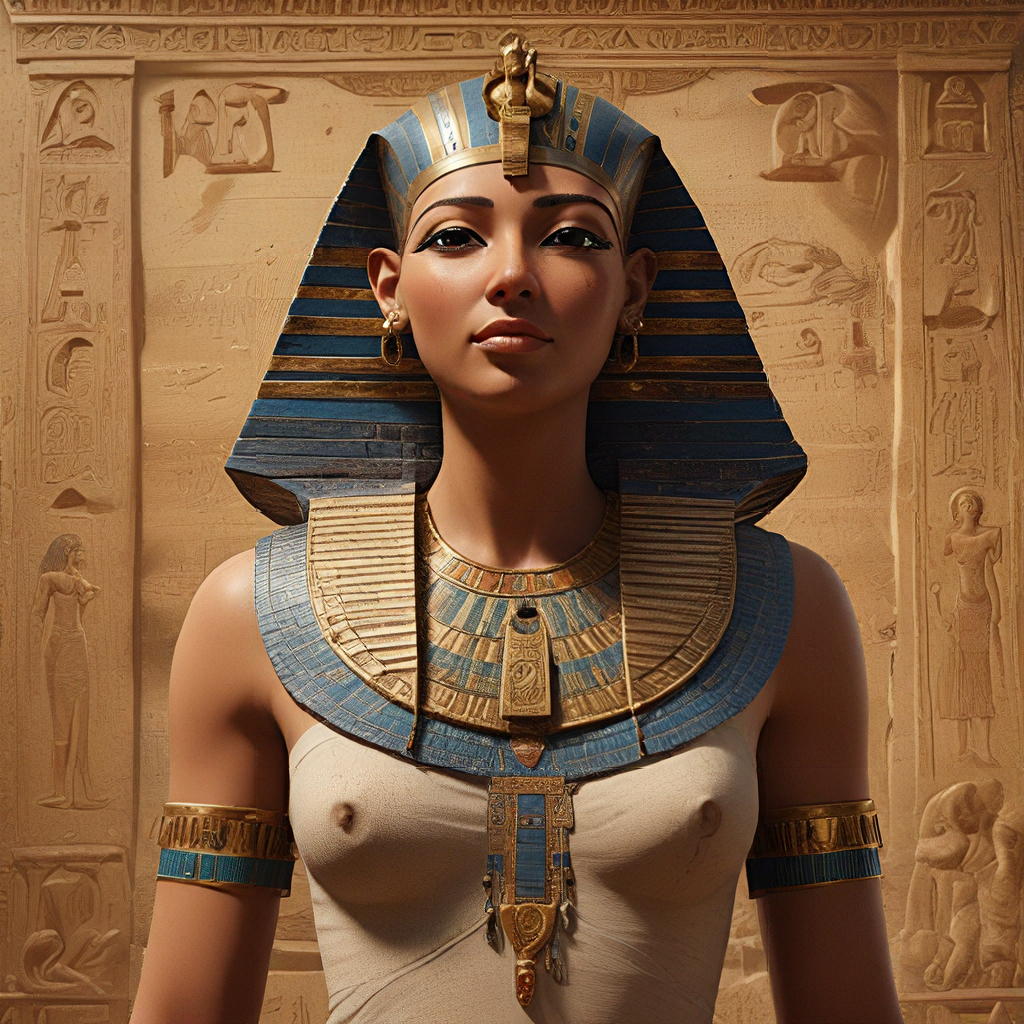1. Introduction: The Rich Tapestry of Ancient Egyptian Symbolism
Ancient Egypt, a civilization renowned for its magnificent pyramids, intricate hieroglyphics, and awe-inspiring deities, was deeply interwoven with a rich tapestry of symbolism. Symbols permeated every aspect of Egyptian life, from art and architecture to everyday objects and rituals. Understanding these symbols is crucial for deciphering the meaning behind ancient Egyptian art, understanding their beliefs, and appreciating the depth of their culture.
Egyptian symbols were not mere decorations; they held profound meanings that reflected their worldview, religious beliefs, and societal values. These symbols were often associated with specific gods and goddesses, representing their powers and attributes. They served as a visual language, conveying complex ideas and concepts that transcended time.
2. The Sun God Ra and His Symbolism
At the heart of ancient Egyptian mythology lies the Sun God Ra, the creator and ruler of the universe. He was believed to be the source of all life, bringing light and warmth to the world. Ra’s power and influence were reflected in numerous symbols associated with his divine presence.
The most prominent symbol of Ra is the sun disk, known as the Aten. This circular symbol, often depicted with rays emanating from its center, embodies Ra’s life-giving energy. The Aten represented the sun’s journey across the sky, its power to illuminate the world, and its connection to creation.
Another symbol associated with Ra is the scarab beetle. This humble insect, known for its ability to roll a ball of dung, was seen as a representation of Ra’s journey across the sky. The scarab was believed to symbolize rebirth and resurrection, mirroring Ra’s daily cycle of life and death.
The obelisk, a tall, four-sided pillar topped with a pyramidion, was also a symbol associated with Ra. These towering structures, often found in temples and funerary complexes, represented the sun’s rays and Ra’s eternal power.
3. The Eye of Horus: Protection and Healing
One of the most recognizable symbols of Ancient Egypt is the Eye of Horus, a powerful emblem of protection, healing, and royal power. Its origins are rooted in the myth of Horus, the god of kingship and sky, and his rivalry with the god Seth, who murdered Horus’s father, Osiris.
According to the myth, Seth gouged out Horus’s left eye during their fight. However, the eye was miraculously restored by the god Thoth, symbolizing resilience and the triumph of good over evil. This restored eye, known as the “Eye of Horus,” became a potent symbol of protection and healing.
The Eye of Horus was often depicted in art as a stylized eye with various elements representing different aspects of its power. It was used as a talisman, worn as an amulet or inscribed on objects, to ward off evil and promote health. The symbol’s presence in tomb paintings suggests its role in protecting the deceased in the afterlife.
4. The Ankh: The Key to Life
Among the most iconic and enduring symbols of Ancient Egypt is the Ankh, a hieroglyphic symbol shaped like a cross with a loop at the top. The Ankh represents the key to life, the breath of life, and eternal existence.
The Ankh is often associated with the god Thoth, the god of wisdom, magic, and writing. Thoth was said to have created the Ankh, and it was depicted in his hands as a symbol of his power over life and death.
In Egyptian mythology, the Ankh was believed to be essential for the deceased’s journey into the afterlife. It was often depicted in tomb paintings, where it was held by gods or deities who granted eternal life to the deceased. The Ankh was also used in rituals, signifying the divine power to sustain life and grant immortality.
5. The Djed Column: Stability and Strength
The Djed column, a symbol shaped like a stylized backbone or pillar, stands as a powerful representation of stability, strength, and the backbone of the world. Its association with the god Osiris, the god of the underworld and resurrection, underscores its importance in Egyptian mythology.
In the creation myth, the Djed column emerged from the primordial waters, symbolizing the foundation of the world and the order of the universe. It was often depicted as a pillar with four horizontal bars, representing the four cardinal directions and the stability of the cosmos.
The Djed column was a prominent symbol in the Osirian myth. After Osiris was murdered by Seth, his body was dismembered and scattered across Egypt. His wife, Isis, resembled Osiris’s body and brought him back to life. The Djed column represented Osiris’s resurrected body and his enduring power. It was often depicted in temples and tombs as a symbol of order, permanence, and the cyclical nature of life and death.
6. The Was Scepter: Royal Power and Authority
The Was scepter, a symbol resembling a crook with a flail attached to its lower end, is a powerful emblem of royal power and authority. The Was scepter is often associated with the god Osiris and is believed to represent his dominion over the kingdom of the dead and his role as a king and judge.
The crook, the upper portion of the Was scepter, symbolizes the Pharaoh’s ability to shepherd his people. The flail, the lower portion, represents the Pharaoh’s power to punish wrongdoers. Together, these elements signified the Pharaoh’s dual role as a benevolent ruler and a powerful enforcer of justice.
The Was scepter was used in ceremonies and processions, signifying the Pharaoh’s divine authority and his connection to the gods. It was often depicted in artwork, where it was held by the Pharaoh as a symbol of his power and legitimacy.




